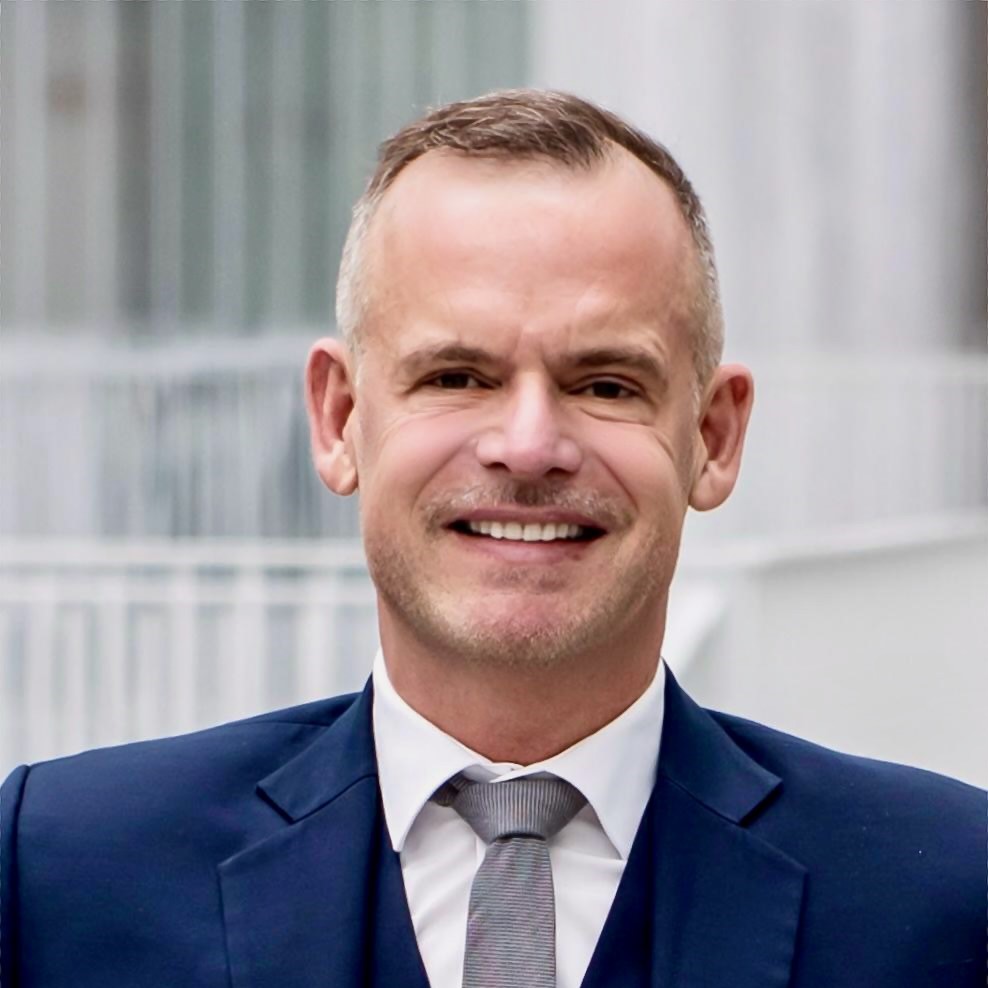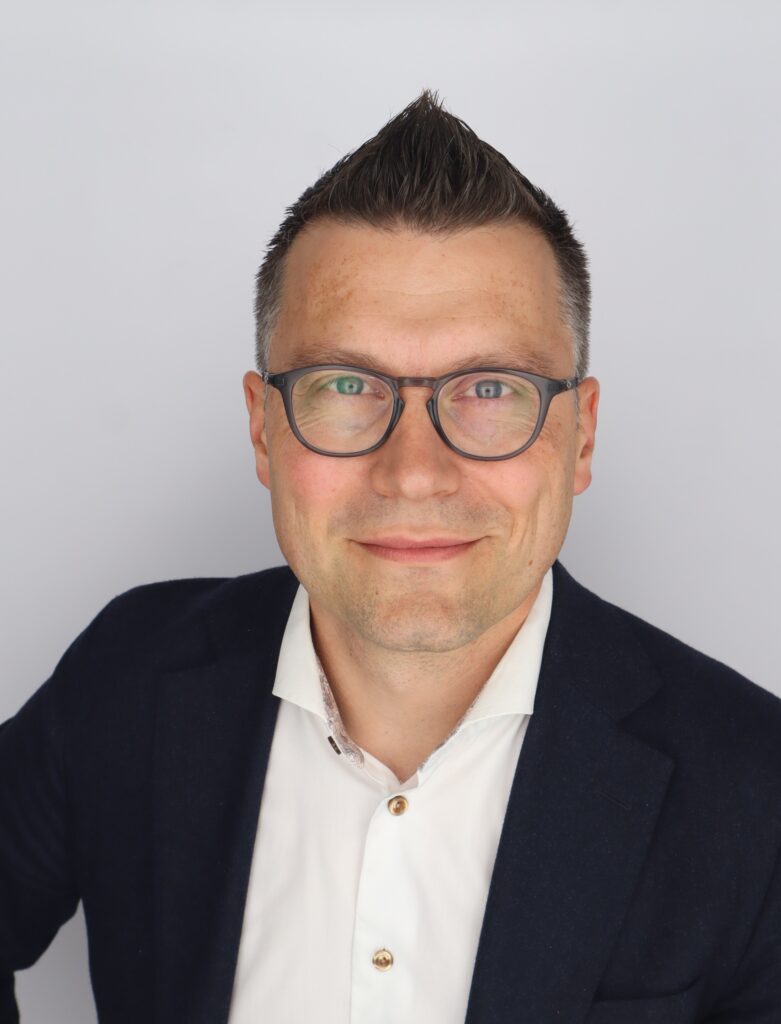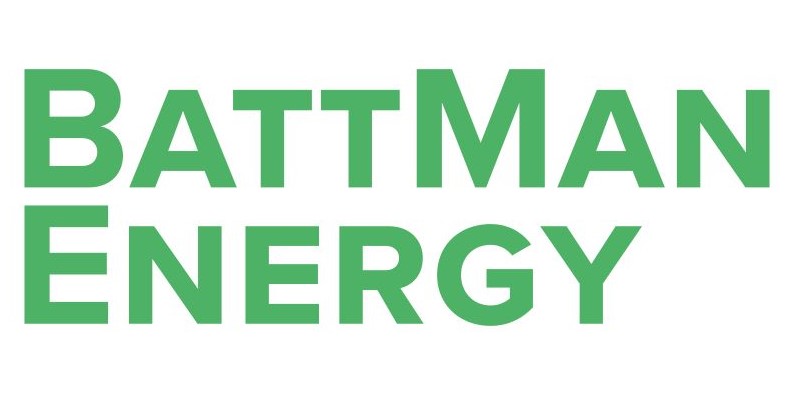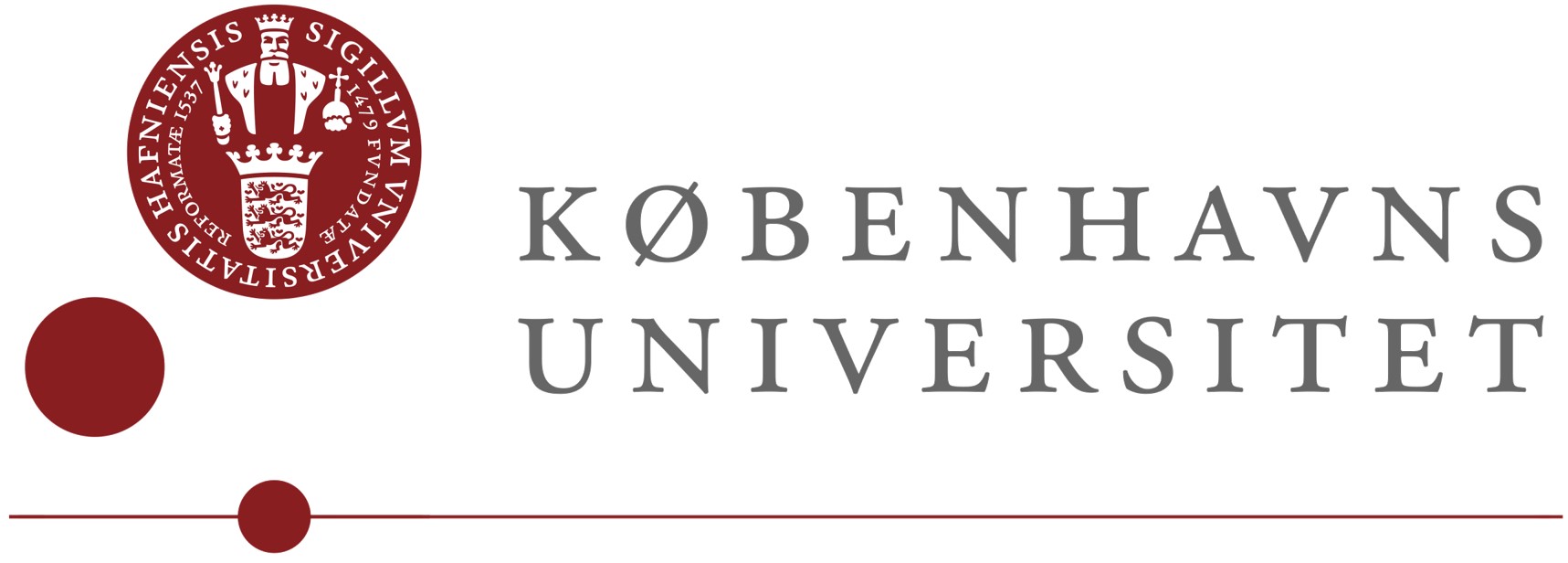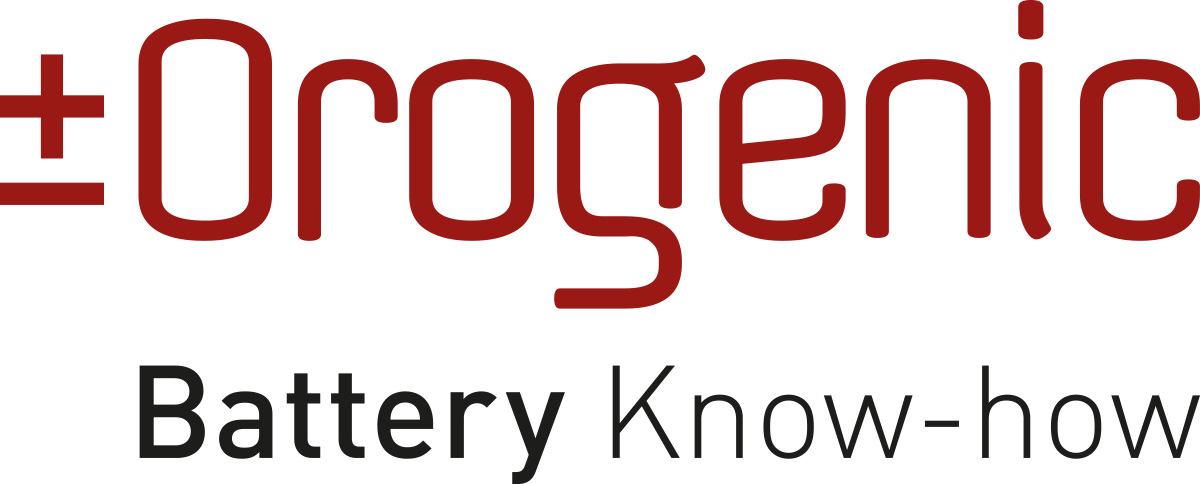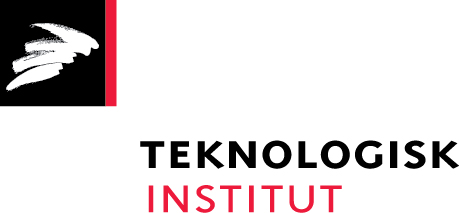About Danish Center for Energy Storage
Danish Center for Energy Storage, DaCES, is a partnership that covers the entire value chain from research and innovation to industry and export in the field of energy storage and conversion.
The ambition of DaCES is to strengthen cooperation, sharing of knowledge and establishment of new partnerships between companies and universities. Through these collaborations, DaCES seeks to ensure a long-term, focused and coordinated effort between all relevant players in areas of technology such as thermal energy storage, battery technology, system integration and Power-to-X.
In the future wind and solar energy should account for as much as possible of our energy supply. This creates new challenges in terms of securing accessible energy when demanded. Energy is only generated whenever the wind blows or the sun shines. As a result of these energy fluctuations it will be essential to balance supply and demand instantaneously and in a flexible way. It will also be important to combine the different energy sectors, such as electricity, gas, and district heating in order to store excess energy as e.g. heating or green fuels.
Why Energy Storage?
A reliable energy system based on renewable sources without energy storage would require an excess capacity beyond realism. It would most certainly result in down-regulation of the capacity most of the time. As of today down-regulation is expensive since owners of wind turbines and solar cells are compensated for periods of stalling production, as well as the fact that the power grid of Denmark is not dimensioned to such an expansion. And even if it could be done, we would still have times where renewable energy couldn’t fulfill the energy demand and then supplementation of fossil fuels would be necessary.
In other words, energy storage is the one and only way to reach a 100% renewable energy system.
Become a member
We invite you and your business to join us in DaCES in developing the area of energy storage. It gives you access to exclusive webinars and events hosted by the center among other things. The only requirement is that you are registered in the Danish CVR system and that you work directly or indirectly with energy storage.





